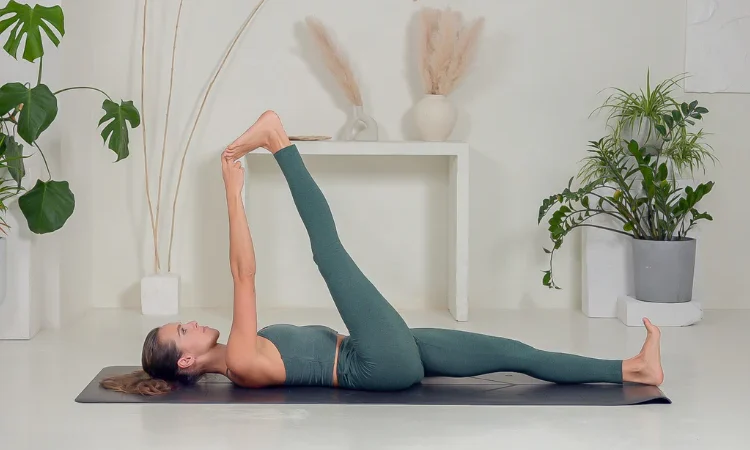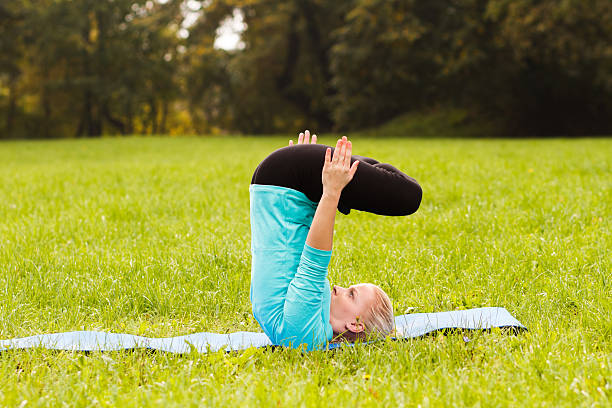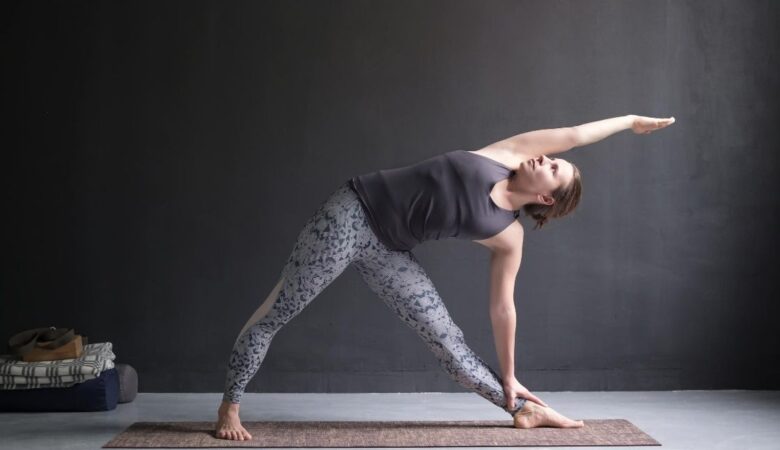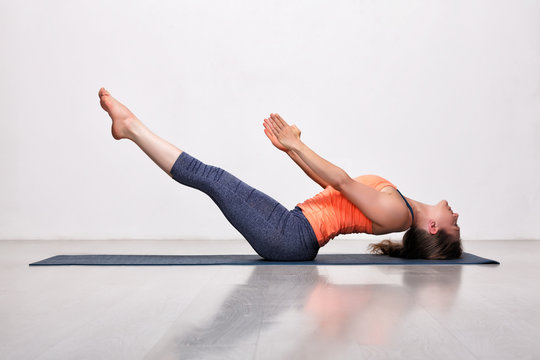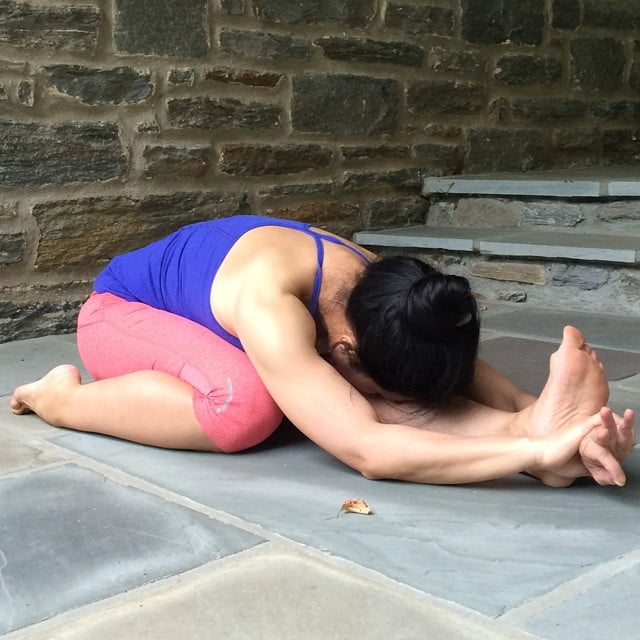
Sanskrit Name: Trianga Mukhaikapada Paschimottanasana (त्रिअंग मुखेकपद पश्चिमोत्तानासन)
English Name: Three-Limbed Forward Bend
Type of Yoga: Ashtanga Yoga
Level of Yoga: Advanced / Intermediate
Duration: As per your capability or 30 to 60 seconds on each side
Target Area: Ankles, Thighs, Groin, Arms, Shoulder, Abdomen, and Vertebral Column
Strengthens: Abdomen, Back, Thigh
This posture improves the digestive system and also makes the spinal cord flexible. Trianga Mukhaikapada Paschimottanasana is suggested for individuals who suffer from flat feet and dropped arches. It also cures twists in your knee and your ankle, and any inflammation in your leg.
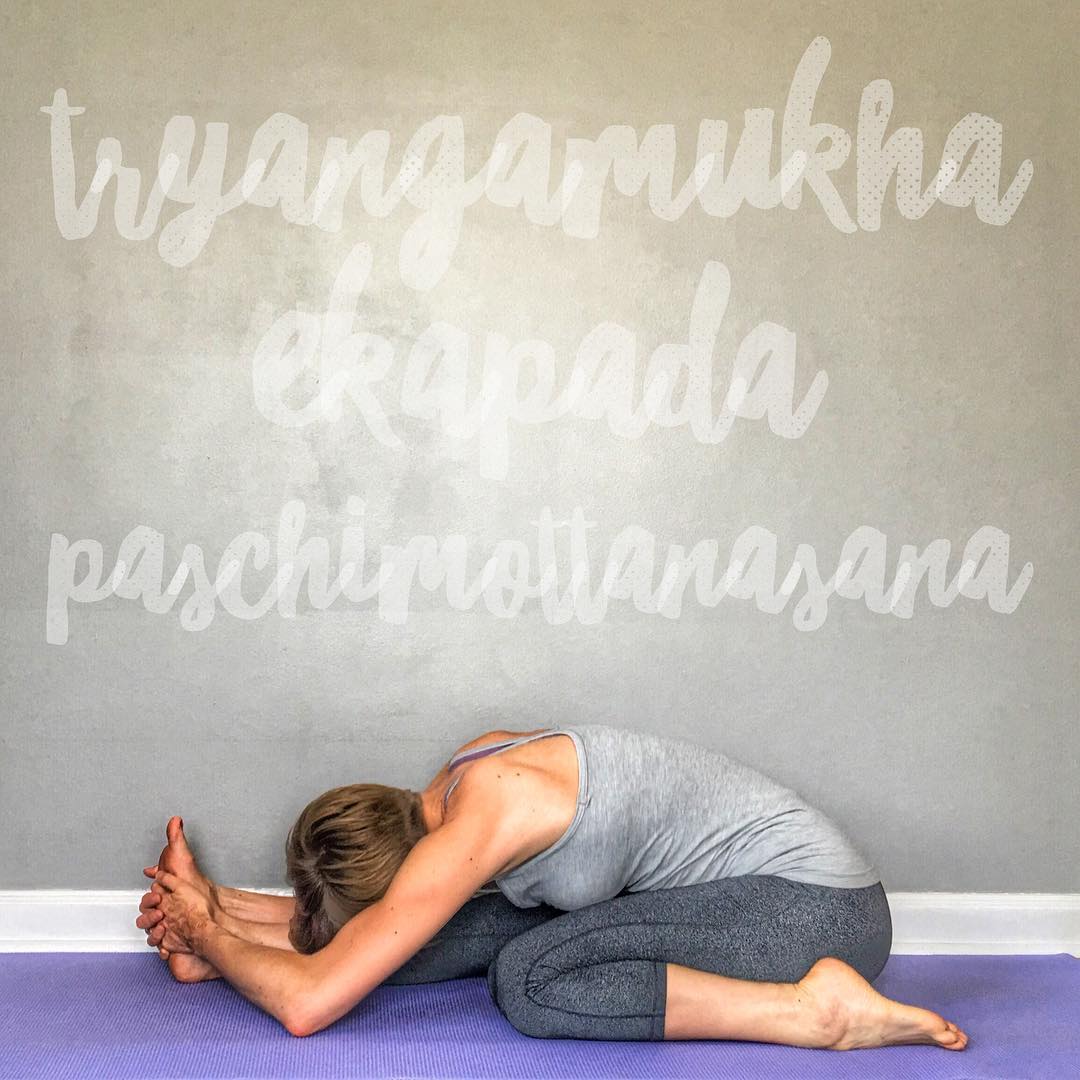
Table of Contents
What Does It Mean By Trianga Mukhaikapada Paschimottanasana?
The term Trianga Mukhaikapada Paschimottanasana is composed of seven Sanskrit language words
Where the first word is “Trianga (त्रिअंग)”, which means “Three-Limbed”
The second word is “Mukha (मुख)”, which means “Face”
Then the third word is “Eka (एक)”, which means “One”
The fourth word is “Pada (पद)”, which means “Leg”
And the fifth word is “Paschima (पश्चिम)”, which means “West/Back”
The sixth word is “Uttana (उत्तान)”, which means “Intense Stretch”
Finally, the seventh word is “Asana (आसन)”, which means “Yoga Pose”
This yoga pose is alternatively referred to as the Three-Limbed Forward Bend. Consistent practice of this asana not only strengthens your abdominal organs but also ensures their optimal functioning, preventing sluggishness.
Let’s now check out the method of doing Trianga Mukhaikapada Paschimottanasana with step-by-step instructions as well as its health benefits. Here are the details of the Three-Limbed Forward Bend.
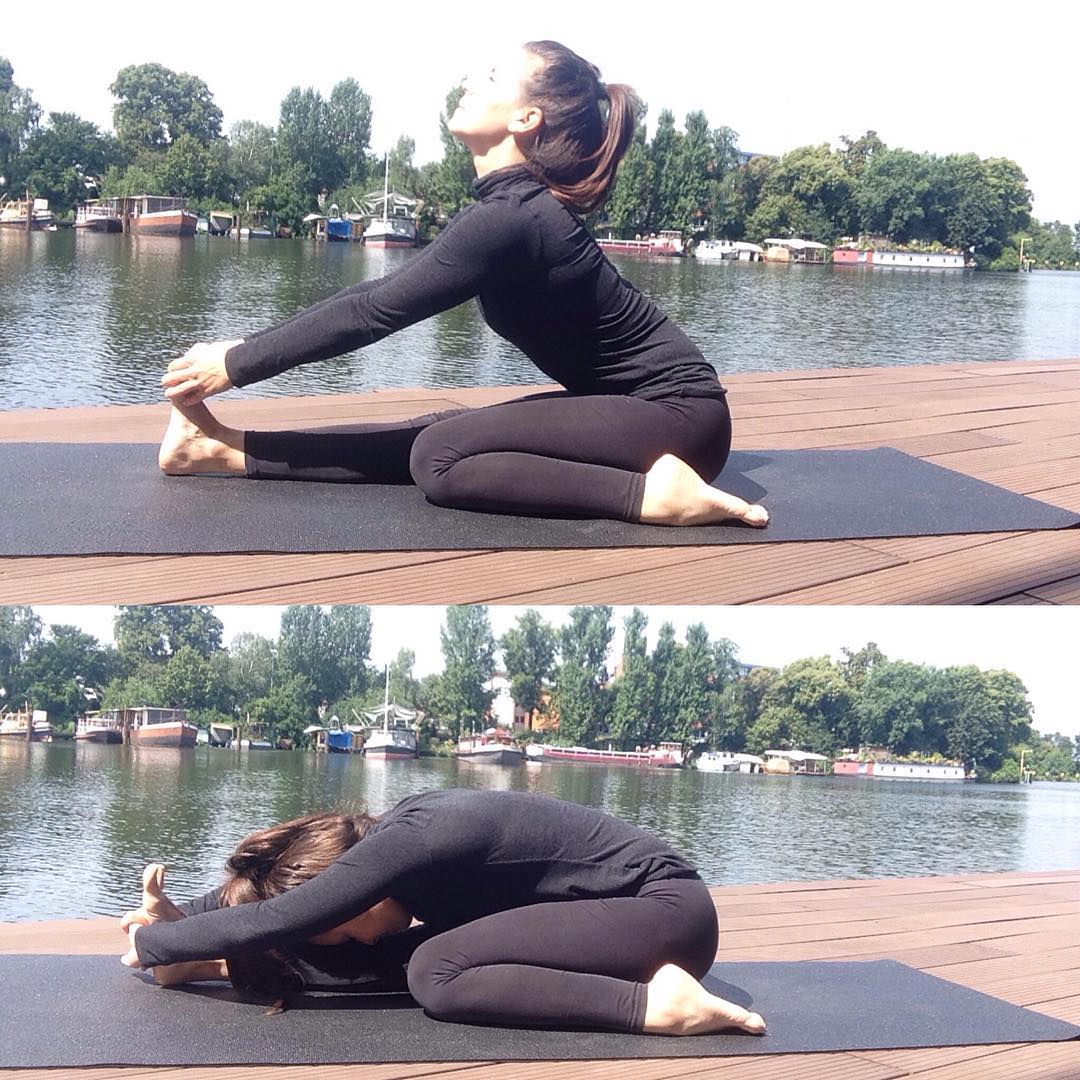
Preparatory Poses of Trianga Mukhaikapada Paschimottanasana:
- Paschimottanasana (पश्चिमोत्तानासन) or Seated Forward Bend
- Virabhadrasana I (वीरभद्रासन I) or Warrior Pose I
- Virabhadrasana II (वीरभद्रासन II) or Warrior Pose II
- Dandasana (दंडासन) or Staff Pose
- Purvottanasana (पूर्वोतानासन) or Upward Plank Pose
- Trianga Mukhaikapada Paschimottanasana (अर्ध बद्ध पद्मा पश्चिमोत्तानासन) or Half Bound Lotus Seated Forward Bend
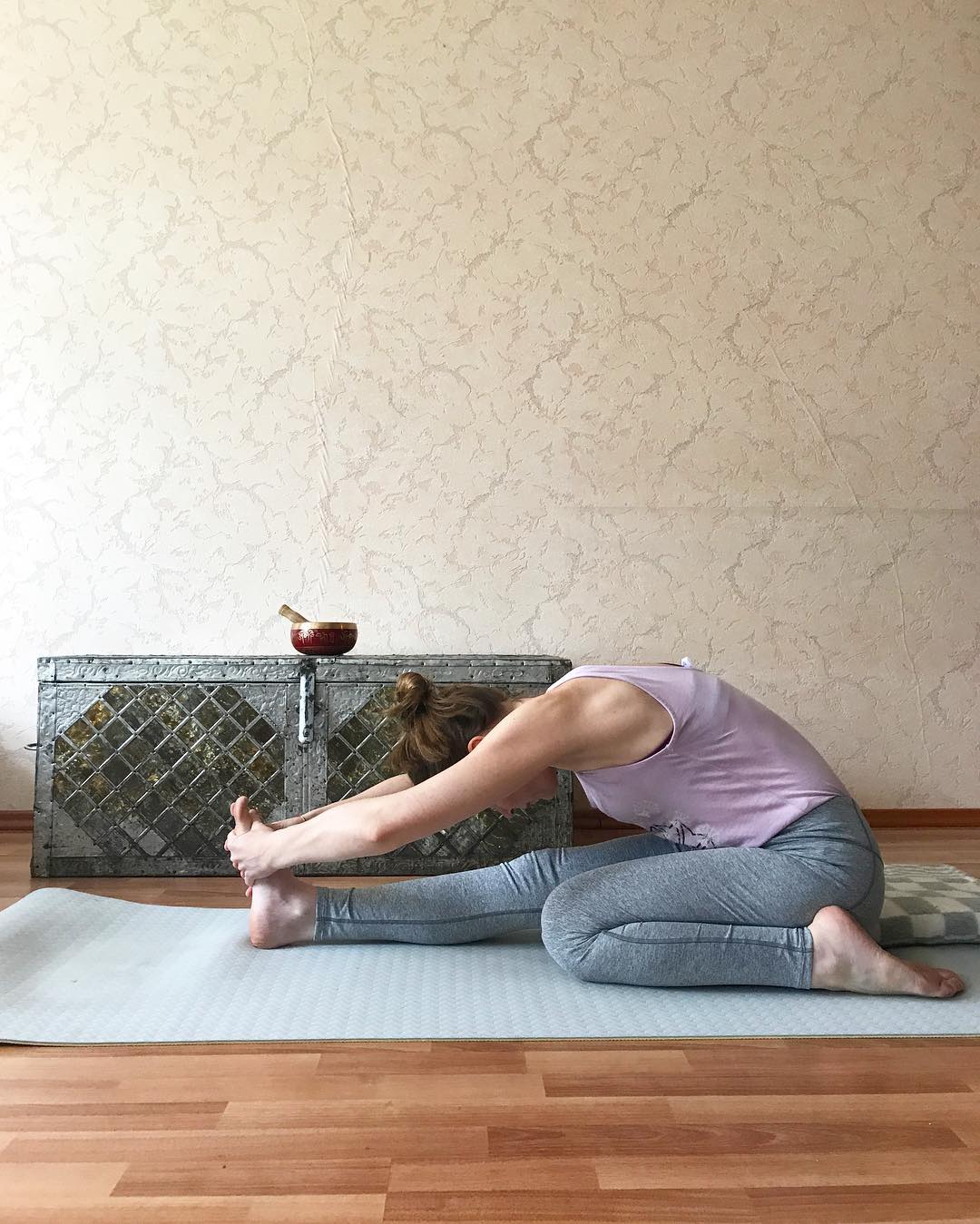
Method Of Doing Trianga Mukhaikapada Paschimottanasana:
- At first, sit in Dandasana or Staff Pose on a yoga mat
- Trying to extend your spinal cord, press the floor with your hands, and inhale
- Inhaling, lift your right leg and fold it backward
- Take as much as you can without forcing your ability
- In this posture, your right knee and your right hip should be hinged on the floor
- Exhaling, lean the joints of your hip but don’t bend the joints of your waist
- Breathe normally while you bend down
- Hold the left foot with both hands as shown in the picture
- Try to touch your left knee with your forehead (do not forcefully do so)
- Stay in the asana for about 30 to 60 seconds
- Gradually, such as flexibility and strength in the body, you can increase the time
- Keep in mind that you must keep your back straight and come back only from the joints of your hip
- Now come out of this posture and repeat all the steps with your right leg

Beginner’s Tips:
If your hips or hamstrings are low, then you will not be able to bow completely forward. Make as much as you can, do not forcefully try to bow completely
In case your hips are less flexible then your hip will not touch the floor. If this is so, then put a towel under your hip and keep the hip on it
If your leg does not turn backward completely, let go as far as you can, and do not force it backward.
Follow-up Poses of Trianga Mukhaikapada Paschimottanasana:
- Janusirsasana (जानुशीर्षासन) or Head-to-Knee Forward Bend
- Paschimottanasana (पश्चिमोत्तानासन) or Seated Forward Bend
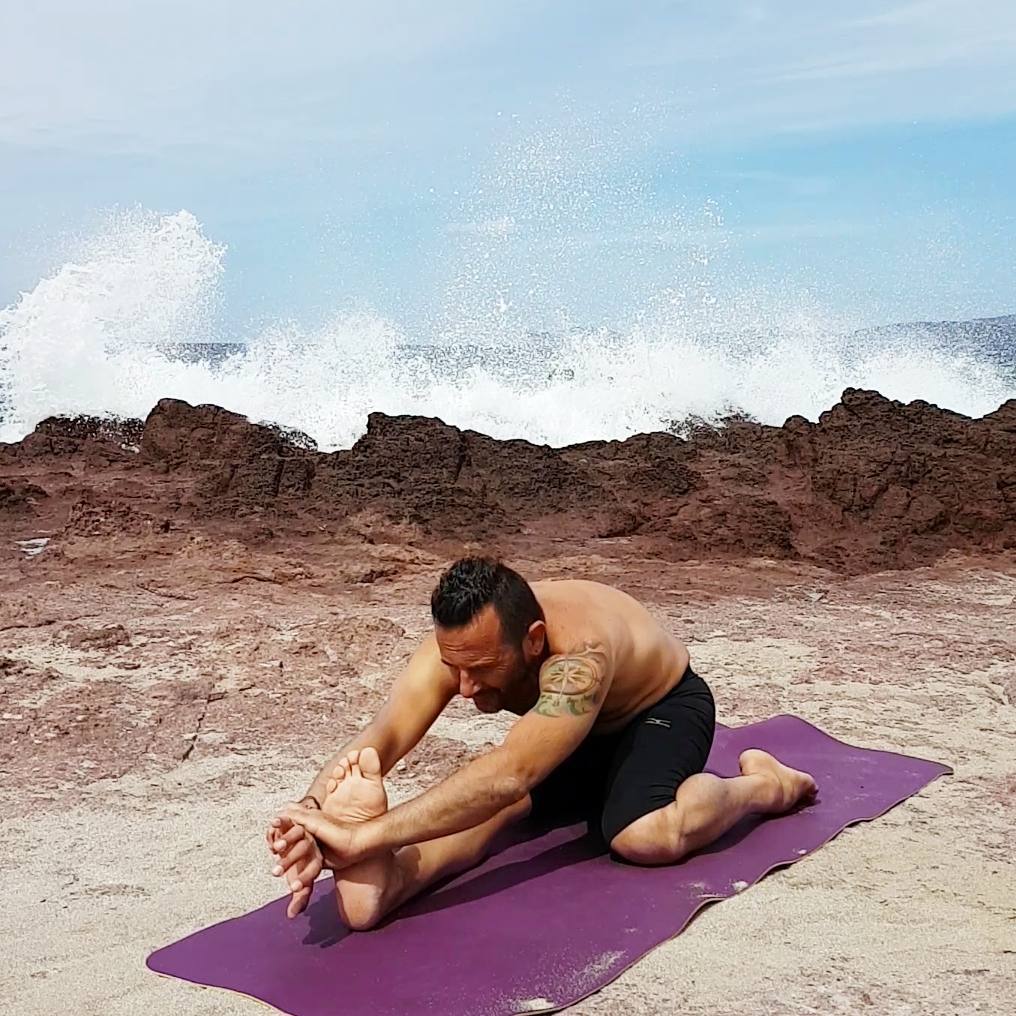
Precautions of Trianga Mukhaikapada Paschimottanasana:
- If you have pain in your knees then you must avoid doing Trianga Mukhaikapada Paschimottanasana.
- Do not put too much emphasis on your physical potential.
- In case you are suffering from lower back pain then do not try to practice Three-Limbed Forward Bend.
- If you have a hamstring injury, then do not try the Trianga Mukhaikapada Paschimottanasana at all.
- Do not practice this asana during your menstruation period.
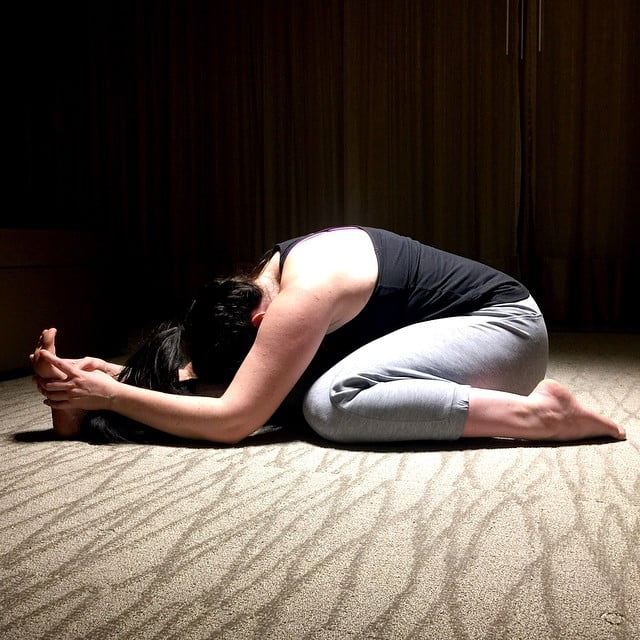
Benefits of Trianga Mukhaikapada Paschimottanasana:
The forward-facing posture sitting with one leg bent backward has various advantages since it combines several stances. Trianga Mukhaikapada Paschimottanasana, also known as the Three-Limb Intense Stretch Pose, has the following physical and mental advantages:
Improve Digestion:
Regular practice of this asana regulates your digestion system. Helps to reduce constipation and flatulence. This asana helps to reduce the problem of stomach bloating and constipation
Improves Flexibility:
This asana improves our flexibility in the knee joint, hamstrings, and hips. The asana’s forward bend extends the muscles in the neck, shoulders, arms, back, hips, thighs, knees, and abdomen. This improves the muscles’ blood flow and nutrient uptake. The muscles become more flexible and are strengthened as a result. The practice of Trianga Mukhaikapada Paschimottanasana makes our spine more flexible.
Relieve Pain:
Regular practice of Trianga Mukhaikapada Paschimottanasana helps to open our hips and thus strengthens them. Trianga Mukhaikapada Paschimottanasana has pain-relieving properties. In its practice, which has therapeutic effects on pain associated with these locations, the legs and hip joints are stretched. It has calming benefits for sciatica, piriformis pain, and plantar fasciitis.
Great pose for flat feet and dropped arches. Trianga Mukhaikapada Paschimottanasana helps to eliminate any type of leg inflammation. Trianga Mukhaikapada Paschimottanasana is a good yoga pose for ankle and knee sprains.
Cures Flat Feet:
Trianga Mukhaikapada Paschimottanasana corrects the feet’s alignment. The folded rear foot stays arched on the ground. Flat feet might heal as a result. The position flexes the knee while keeping the hips in alignment. Eventually, the leg’s posture is improved.
It gives the practitioner a sense of balance and stability while correcting flat feet.
Stimulates The Reproductive System:
The contraction and extension of the muscles used in a forward bend tone all the internal organs in the pelvic cavity. Additionally, the reproductive organs are massaged. The reproductive system is subsequently stimulated.
Reduce Menstruation Problems:
This asana regulates your menstruation and thus helps you to get rid of menstruation problems. Menstrual cramps are lessened for female practitioners.
Leaves Calming Effects:
If you practice the Trianga Mukhaikapada Paschimottanasana regularly then it will help you to calm your mind and thus it will increase your concentration Stretching enhances the flow of blood to the spine and nerves. On the neurological system, it has calming effects. This reduces physical and mental stress. Even the practitioner’s anxiety problems can be resolved.
Rejuvenates Abdominal Organs:
The folded leg and forward bend put a lot of strain on the abdominal organs. It helps the liver, stomach, pancreas, kidney, and other organs to operate properly while also toning the muscles. The practice of Three-Limbed Forward Bend tones and stimulates our abdominal organs.
Trianga Mukhaikapada Paschimottanasana thus has additional digestive advantages and reduces constipation. Additionally, it manages the health of all the abdominal organs and cleanses the body.
Activates the Manipura Chakra:
The benefits of this stance have been around for a while. The forward bend creates an energetic pathway that increases the practitioner’s self-esteem. It activates the Manipura Chakra, which is positioned above the navel.
Trianga Mukhaikapada Paschimottanasana is therefore a blessing to get through all the difficult obstacles like insecurity, fear, and self-doubt.
Reduce Fat:
Regular practice of Trianga Mukhaikapada Paschimottanasana helps you to get rid of abdominal fat and thus tones the stomach muscles.

